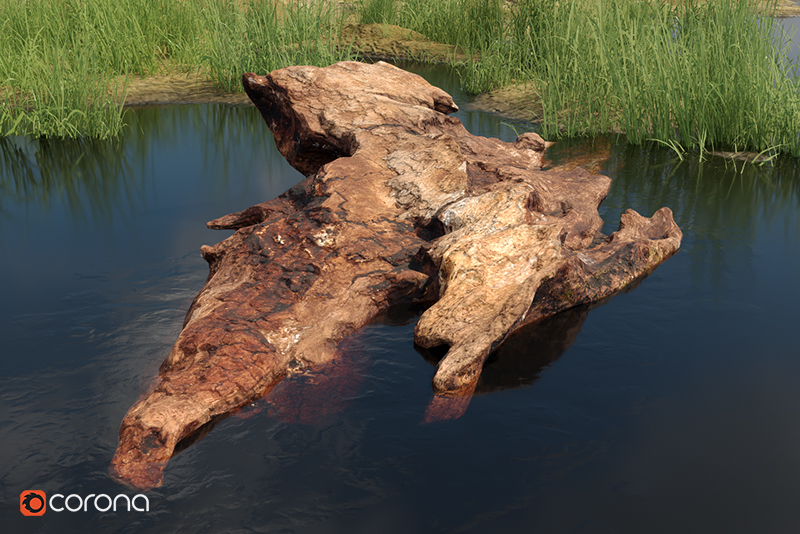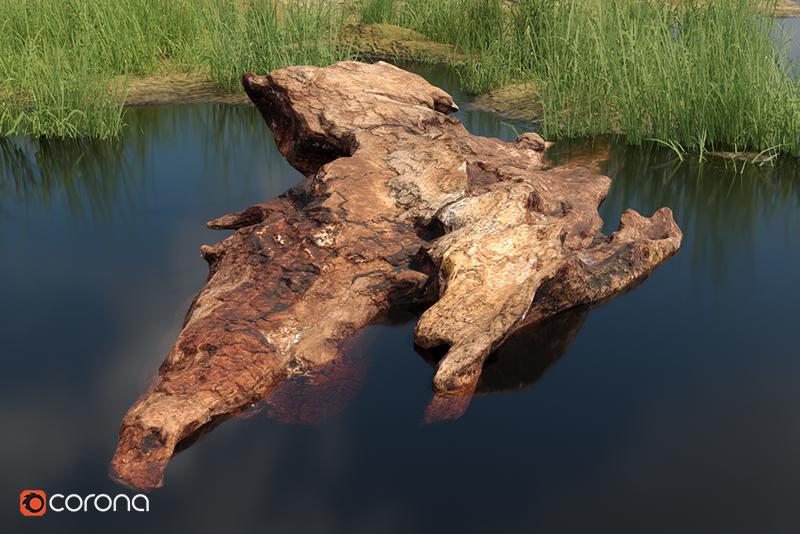23
« on: 2017-12-29, 04:18:19 »
In CG, many limitations can be circumvented and there's at least one way to do it. Even more according to my experience.
We have a lot of bright minds in this forum who can help with all sorts of problems.
This thread is dedicated to solving, circumventing problems and creating useful contributions to the community.
There are a lot of features to come but some can't wait. Let's help to keep the community productive and provide them with some useful creations until things like the Hair shader etc. are implemented and reduce the stress on the developers.
Can't start without a contribution, so here's my attempt at a car "shader". A layered shader, driven by xpresso.
I tried to keep everything procedural and not too slow to compute while giving the user an easy to use menu.
Looked at other engine's shaders for inspiration.
Since we can't mix materials in the layer shader with only certain channels active, the diffuse channel was copied, so it wouldn't appear black
I used the tiles shader(random - Voronoi like appearance) for the flakes with some light "normal" looking colors and some filters and expressions to control everything from outside the material.
It sure can be improved and I'd love to hear suggestions on how to make it better. (I have no clue about programming, so I used what I know)
It's more of an artistic material but with the right settings, there should be some nice results. (Latest Beta build)
Known problems:
-Objects in the viewport becoming invisible -fix: recalculate materials
-Material sometimes not updating in IR -fix: Restart IR (previous build worked fine, now needs restart to refresh materials)
My next attempt will be a hair shader for flat and rounded geometry(a switch)
I hope you like it and I 'd love to see your contributions!




